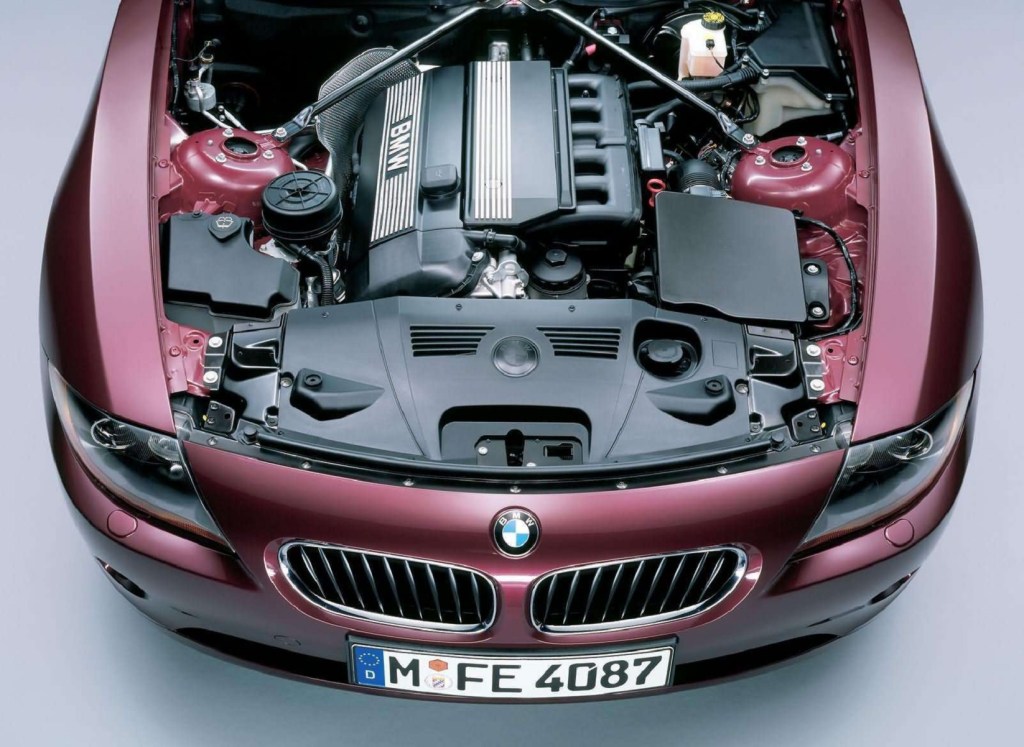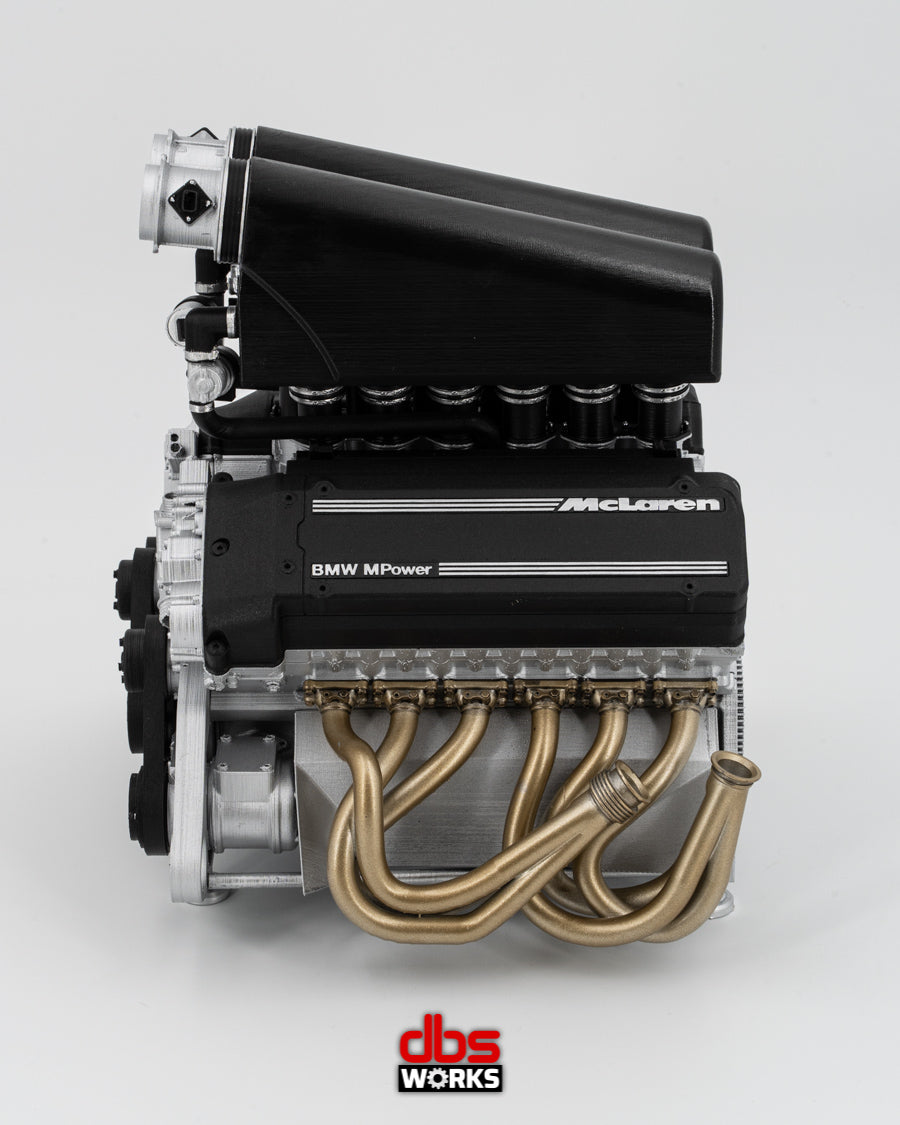Top 5 BMW Engine Technologies Changing the Automotive Market
Top 5 BMW Engine Technologies Changing the Automotive Market
Blog Article
Discovering the Development of Burning Engines in Modern Transportation Solutions
As we browse the landscape of contemporary transport, the development of combustion engines stands as a testimony to human ingenuity and design prowess. From their simple starts to the advanced giants moving cars today, combustion engines have actually undertaken a remarkable trip of development and adaptation. Comprehending the ins and outs of this development not just clarifies the past however also leads the way for picturing what exists ahead in the world of transportation innovation. The interplay of background, modern technology, and environmental issues fit the trajectory of combustion engines produces a narrative that is both informative and engaging.
Early Beginnings of Combustion Engines
How did the concept of combustion engines first arise in the early stages of transportation development? When the concepts of inner combustion were first explored, the origins of combustion engines can be mapped back to the 17th century. In 1673, Christian Huygens conceptualized a fundamental interior burning engine that utilized gunpowder to generate power. However, it had not been up until the late 19th century that functional applications of combustion engines in transportation began to arise.
The breakthrough minute came with the creation of the first effective gasoline-powered engine by Karl Benz in 1885 - bmw engine. This engine led the method for the development of the modern automobile, reinventing transportation systems worldwide. Succeeding advancements by Nikolaus Otto and Gottlieb Daimler additionally refined burning engine modern technology, causing the automation of cars and the fast expansion of the transport industry
These very early burning engines were defined by their simpleness and efficiency, laying the foundation for the facility and effective engines utilized in contemporary transportation systems. The advancement of burning engines has actually been important fit the means we travel and carry items, noting a significant landmark in the history of transport advancement.
Change to Internal Burning Modern Technology
The shift to internal combustion modern technology marked a pivotal shift in the development of transport systems. This change began in the late 19th century, with innovators like Nikolaus Otto and Gottlieb Daimler developing the initial successful interior burning engines. These engines transformed transport by offering a more efficient and powerful choice to steam engines and electric motors.
One of the crucial advantages of interior combustion engines was their capacity to be scaled down to fit into cars, leading to the development of motorbikes and vehicles. This change from bulky, stationary engines to compact, mobile ones led the way for the contemporary transportation systems we see today.
The change to interior burning technology likewise spurred developments in fuel innovation, leading to the development of gasoline and diesel as main gas resources for lorries. This change not just made transportation much more available to the masses yet additionally laid the foundation for the oil and gas sector to end up being integral to global economic situations.
Influence of Combustion Engines on Transport
The fostering of combustion engines in transportation systems militarized an extensive change in the effectiveness and speed of international mobility. Combustion engines revolutionized transportation by giving a reliable and great site versatile source of power for various automobiles, including vehicles, ships, trucks, and planes. This innovation significantly enhanced the ability for products and individuals to conform fars away in shorter period, leading to enhanced connectivity between areas and countries.
Furthermore, the prevalent use of combustion engines has actually had a substantial effect on financial advancement. The capacity to deliver products successfully has actually spurred trade and commerce, enabling services to broaden their markets and get to consumers worldwide. This has actually facilitated financial growth and globalization, as items can currently be carried much faster and in larger amounts than in the past.
Nevertheless, the ecological influence of combustion engines can not be overlooked. The burning of fossil gas has actually brought about air contamination and greenhouse gas exhausts, adding to environment adjustment and presenting wellness dangers to populaces. bmw engine. As an outcome, there is a growing focus on developing alternative propulsion technologies to mitigate these adverse effects and produce a more sustainable future for transport
Innovations in Combustion Engine Style
One noteworthy innovation is the development of turbocharged engines, which make use of exhaust gases to drive a turbine that a fantastic read compresses inbound air, allowing for more fuel to be charred, resulting in raised power outcome without a substantial boost in engine size. Variable shutoff timing systems have actually additionally reinvented engine layout by optimizing airflow at different engine speeds, improving both power and efficiency. These developments collectively add to the continual enhancement of burning engines in modern-day transport systems.
Future Fads in Burning Engine Development
With technology improvements driving continual innovation, the future of burning engine advancement is positioned to revolutionize transport systems globally. Among the essential fads in burning engine growth is the press towards greater performance and minimized emissions. Manufacturers are spending heavily in r & d to boost engine efficiency while satisfying rigid ecological guidelines. This consists of the integration of sophisticated gas injection systems, improved turbocharging approaches, and using light-weight helpful resources products to optimize gas intake and reduce carbon exhausts.
An additional prominent fad is the fostering of hybrid modern technologies in burning engines. Crossbreed engines incorporate standard burning technology with electrical power, providing enhanced fuel effectiveness and lower exhausts. As the auto industry changes towards electrification, crossbreed burning engines are viewed as a transitional solution that links the space between standard lorries and completely electric ones.
In addition, the combination of wise modern technologies, such as synthetic intelligence and information analytics, is anticipated to play a significant role in the future of burning engine advancement. These innovations can maximize engine efficiency in real-time, leading to extra efficient combustion procedures and enhanced general car performance. Accepting these future patterns will not just drive innovation in combustion engine advancement however also add to an extra lasting and ecologically pleasant transportation environment.

Final Thought
In final thought, the advancement of burning engines in contemporary transportation systems has actually been noted by considerable innovations in modern technology and style. From the early starts of combustion engines to the shift to inner burning modern technology, these engines have had an extensive effect on transport.
The origins of combustion engines can be traced back to the 17th century when the concepts of interior burning were very first discovered. These engines changed transportation by using a much more powerful and reliable choice to heavy steam engines and electrical motors.

Report this page